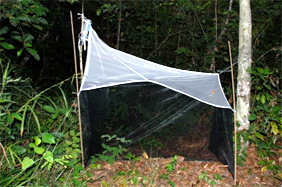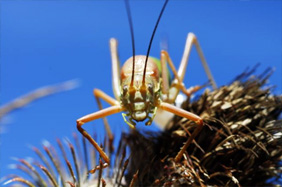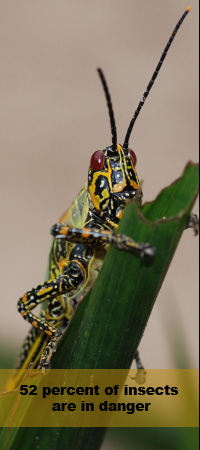|
Fifty nine insect species are known to have vanished in our modern time (IUCN 2007), however, thousands are estimated to have disappeared. In the United States, 160 insect species are presumed to be extinct or missing.
Since a very small percentage of the insect diversity has been assessed, the number of species that went extinct within the last 100 years is likely to be very high. Scientists agree that many species are going extinct, however, it is unclear how many have been lost and how many more are at risk.
Social insects (e.g., termites, ants, paper wasps social bees) appear to be disproportionately susceptible to extinction because of their small effective population sizes.
Examples of extinct insect species include:
The Atossa fritillary butterfly (Speyeria adiaste atsaos) was abundant in southern California mountain ranges. The last sighting occurred in 1960 near the peak of Mt. Pinos. The causes of its extinction are unknown.
The Rocky Mountain grasshopper (Melanoplus spretus) was known to periodically migrate from the northern Rocky Mountains to Canada. However, in the late 1880s this species became rare and to sadly became extinct quickly. The cause of its extinction is not clear but it is usually attributed to habitat destruction and exotic species introduction.
The Xerces Blue butterfly (Glaucopsyche xerces) formerly inhabited the sand dunes of San Francisco bay area in California until its habitat was almost entirely destroyed by urban development. The species was first described in 1852, at which time small populations were probably widely dispersed around the the San Francisco bay area.
Continue on page 8
|
|

Insect inventories are needed to know how many insects are left on earth. © Pierre Fidenci

The number of insect species that have been lost is still unknown. © Pierre Fidenci
|









